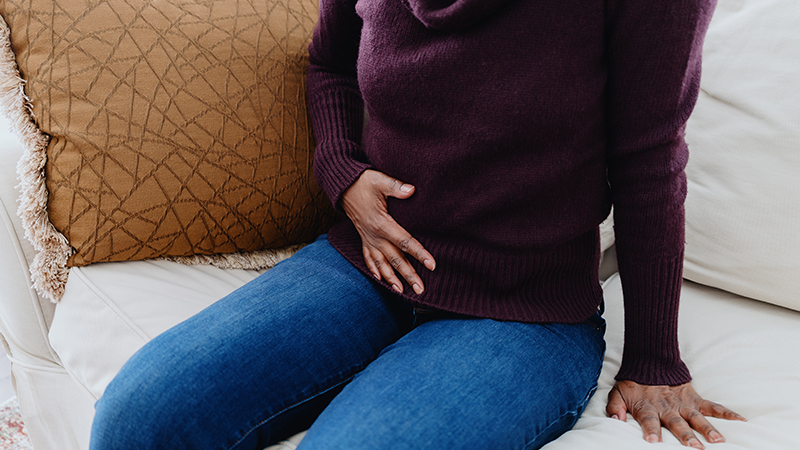What Is Smartphone Tendinitis?
Physicians’ Tips for Prevention and Care
Published May 2023
With your smartphone, you can access a wealth of information whenever you like. In recent years, though, a health trend has emerged in the most frequent users of smartphones.
“Several different conditions can be included under the umbrella of smartphone tendinitis,” explains Emily A. Gilley, MD, an orthopaedic hand surgeon at Northwestern Medicine. “Many of the issues associated with smartphone tendinitis have been well described for a long time, but they are now being recognized more often to be associated with frequent smartphone use.”
Potential Problems
With smartphone tendinitis, you may experience a variety of symptoms, depending on your age and what you are doing with your phone.
Some of the more common issues include:
- Trigger finger, which refers to inflammation of the tendon that helps your finger(s) bend. Although it can affect any finger, you may also hear this referred to as “trigger thumb,” when it involves the thumb.
- De Quervain tendinitis, which is when two tendons that along the thumb side of the wrist that help move the thumb become swollen and irritated.
- Carpal tunnel syndrome, which is a common condition that occurs when one of the major nerves to the hand, the median nerve, is compressed at the wrist.
“We most often see tendinitis because of overusing the fingers and wrist,” explains Ellen Kroin, MD, a hand surgeon at Northwestern Medicine. “That means it’s not a one-time event that causes it, but rather repetitive or recurring strain.”
At-Home Care
Limiting your smartphone use as much as possible is one of the primary ways to prevent or relieve symptoms. Dr. Kroin says other interventions include:
- Hold your smartphone in a comfortable position. With the bigger-sized phones, you may have to stretch your fingers outside their normal range, and this can cause irritation.
- Intermittently switch to using your index finger to type instead of your thumb. Rest the thumbs occasionally and use other fingers to avoid constant overuse of the thumb.
- Use phone grips. These attach to the back of your device and help put less stress on your thumb and your wrist while you scroll and swipe.
- Take anti-inflammatories or use splints, under clinician guidance. These can help ease your symptoms, especially if you need to continue to use your phone. Ice can also be helpful to take down inflammation and swelling, while heat can help loosen the joints prior to doing stretching and strengthening exercises.
- Use voice accessibility options. Many smartphones let you use voice commands to accomplish your goal, and you can try this out as a way of easing the stress on your hands.
It may take tendinitis a few days or weeks to calm down after you begin at-home treatments. If symptoms or pain persists, seek care.
“As long as there hasn’t been an injury, you can give yourself a few days of home management,” explains Dr. Gilley. “If the pain doesn’t go away with at-home care measures, then seek medical attention. Your team may recommend steroid injections, surgery or physical therapy.”







